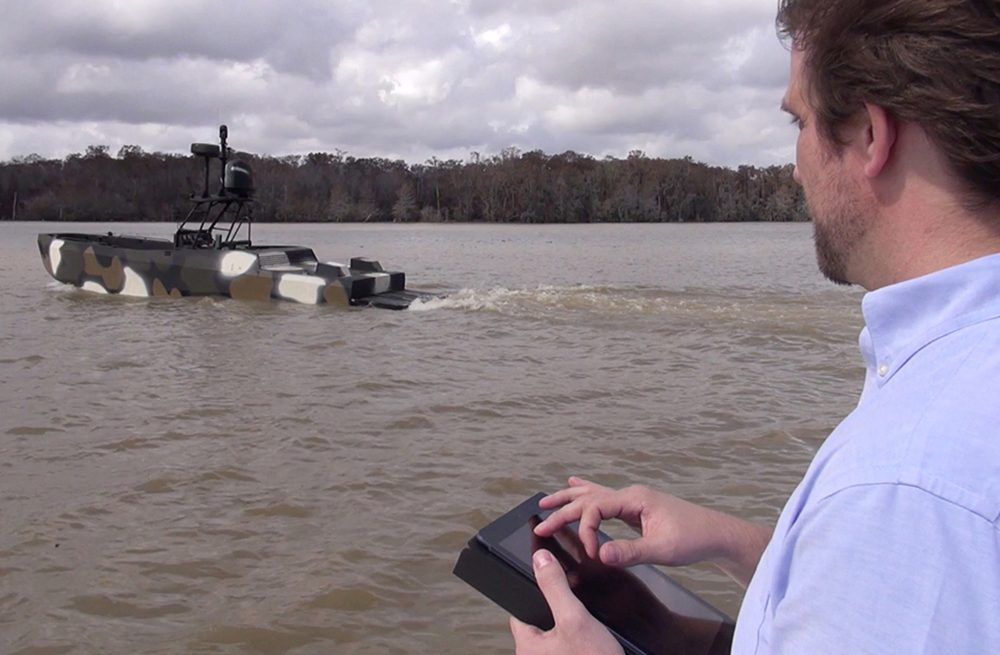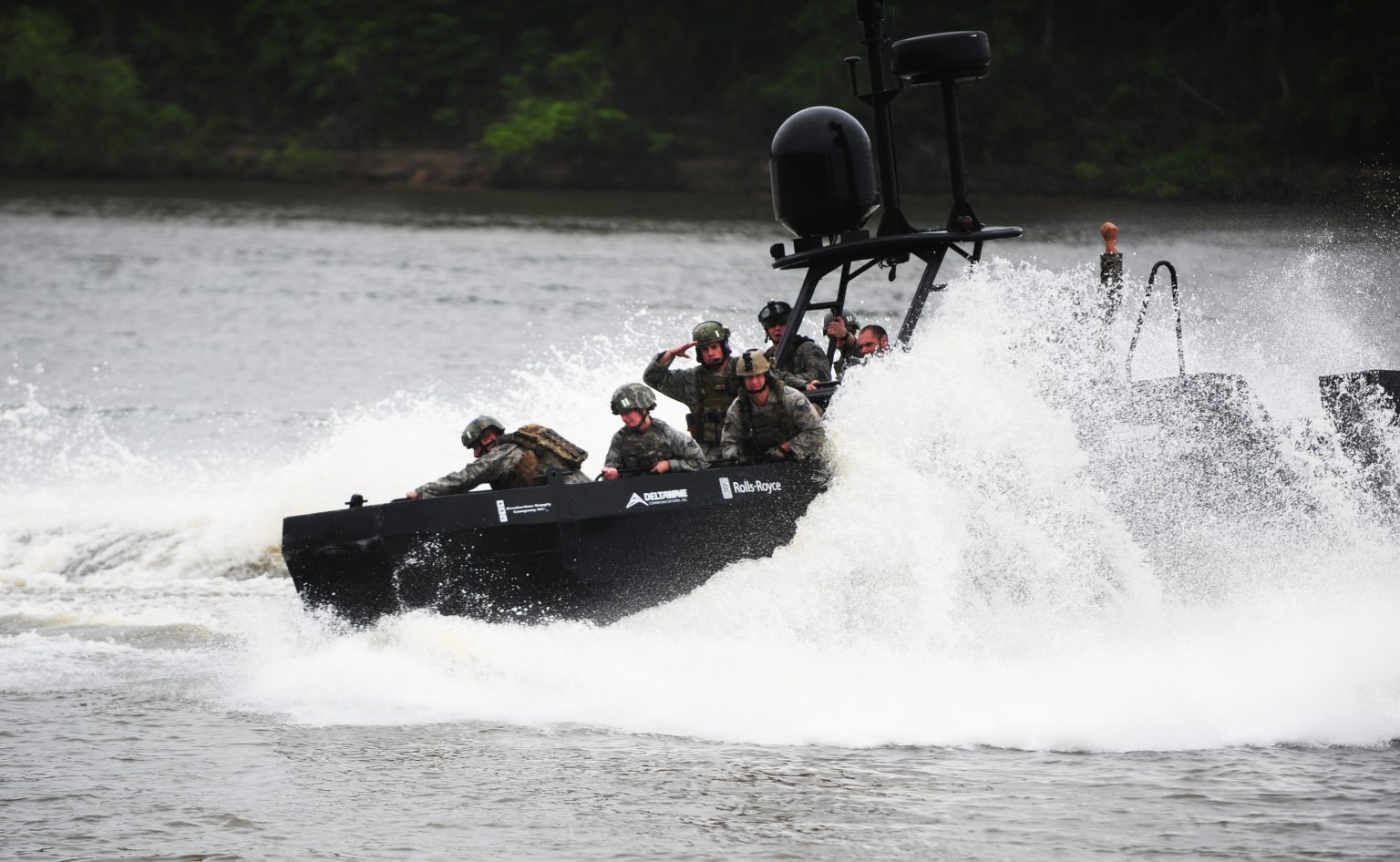Anaconda
Fully Unmanned or
Controlled Remotely
Swiftships and the University of Louisiana at Lafayette have Successfully Developed the Autonomous Anaconda (AN-2))
The goal of this partnership was to design a vessel to support the efforts of military operations on in-land waters by providing the combined advantages of power, speed, stealth, greater mobility, ease of deployment, and mission success. This new technology coupled with Swiftships’ Special Operations Craft allows brown water missions to be implemented effectively without any human endangerment.
Remote Controlled Demosntation and Trials
The UL-Lafayette team joined Swiftships employees, members of the media, U.S. Rep. Charles Boustany, R-Lafayette, and Department of Commerce trade specialist Brie Knox for the remote controlled demonstration. The remote controlled version of the Anaconda (AN-2) is the first step in developing an autonomous watercraft.
Joshua Vaughan, an assistant professor in UL-Lafayette’s Mechanical Engineering Department, was operating the vessel using an iPad. Vaughan is leading a team that includes mechanical engineering graduate students Nicholas Bergeron and Brett Marks to develop the autonomous system.
The technology team is developing methods to use lasers, cameras, ultra-sound and other sensors that gauge currents and waves to detect obstacles in water such as logs or oncoming boats. Information flows to an almost-sentient computer system that reacts quickly, steering and accelerating the boat like an experienced human pilot.
“The partnership between UL and Swiftships means big things for Louisiana’s economy”, Boustany said during Tuesday’s demonstration. “It’s very maneuverable and quiet, but at the end of the day, what all this means is that Louisiana can be part of the renaissance of shipbuilding for the entire United States, which will allow us to export this kind of technology,” Boustany said.
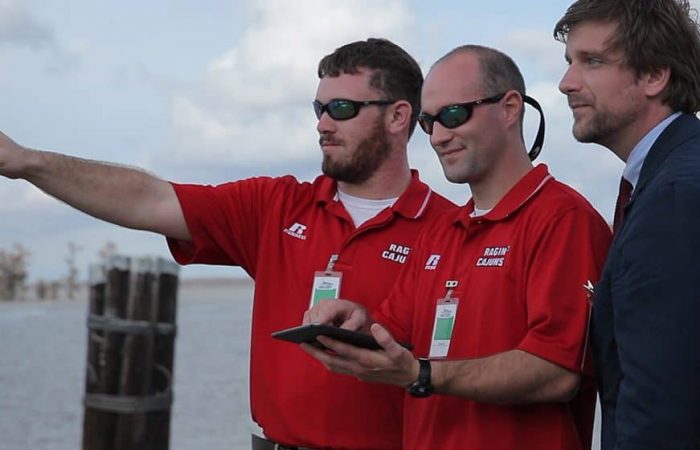

Swiftships learned of UL-Lafayette’s success 10 years ago with CajunBot, a six-wheel vehicle with an autonomous piloting system. The university entered the CajunBot in Department of Defense contests in 2004 and 2005 for the UL-Lafayette computer engineering team led by computer scientist professor Arun Lakhotia.
Swiftships’ team of experienced naval operators, engineers, skilled craftsmen, and combat veterans are steadily exploring innovative ideas to enhance its military programs as vigorously and enthusiastically as its predecessors who developed the famous “Swift Boats” in the 1960s. Eric Geibel, Swiftships Director of Special Programs said, “It is part of the Swiftships heritage to be at the forefront of technology. Our relationship with UL Lafayette is a significant piece of our developing team. The application of autonomous technology has far reaching implications for the entire inland shipping industry.”
The Technology
Lasers, cameras, ultra-sound and other sensors that gauge currents, waves, depth, wind speed and direction to detect obstacles in the water such as logs, incoming boats or land contours. The information flows to an almost-sentient computer system that reacts quickly, steering, accelerating and maneuvering a vessel like an experienced human pilot. Designed for brown water and near-coast missions to be implemented effectively without any crew endangerment.
Integrated Autonomous Capabilities include various degrees of autonomy used for navigation, mobility, intelligence, interoperability, weapon systems, and more.
Operated Remotely
System enabled remote control of autonomous surface vehicles.
Semi-Autonomous
Vessels operate autonomously during long days at sea and simple operations – human involvement is carried out for higher level functions or the control of more difficult situations.
Autonomous
Surface vehicles that can perform designed functions fully autonomously. In practice, they have optionally staffed ship capability with few crew members on board.
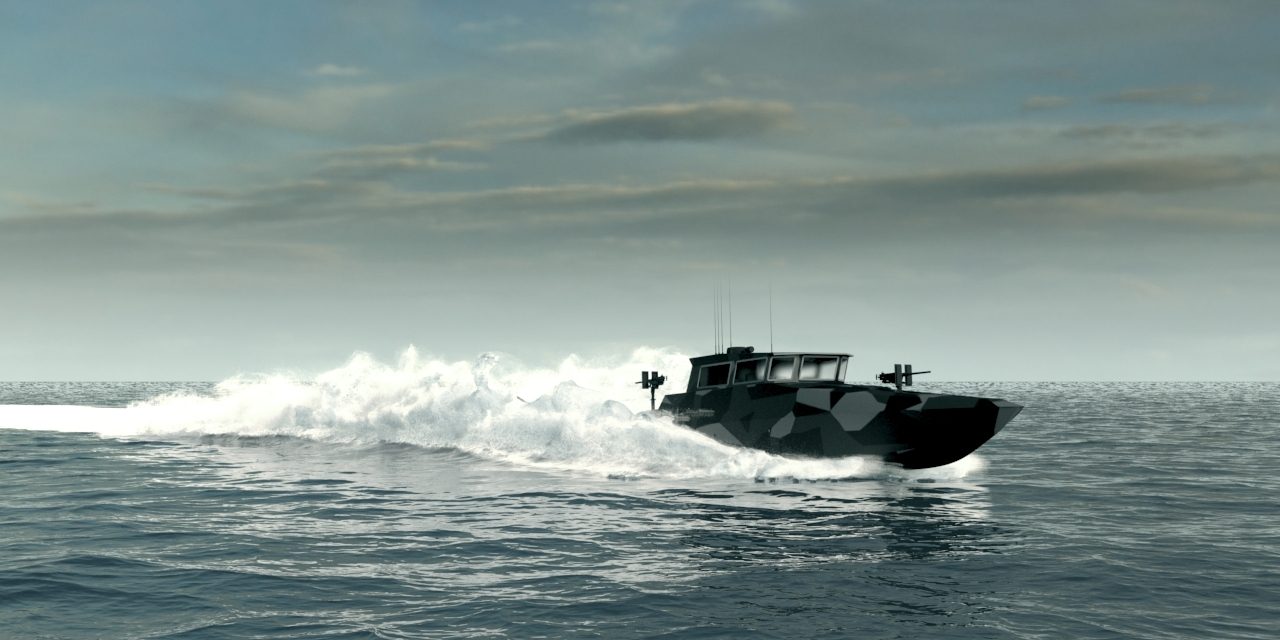
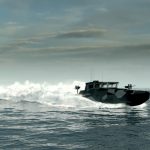
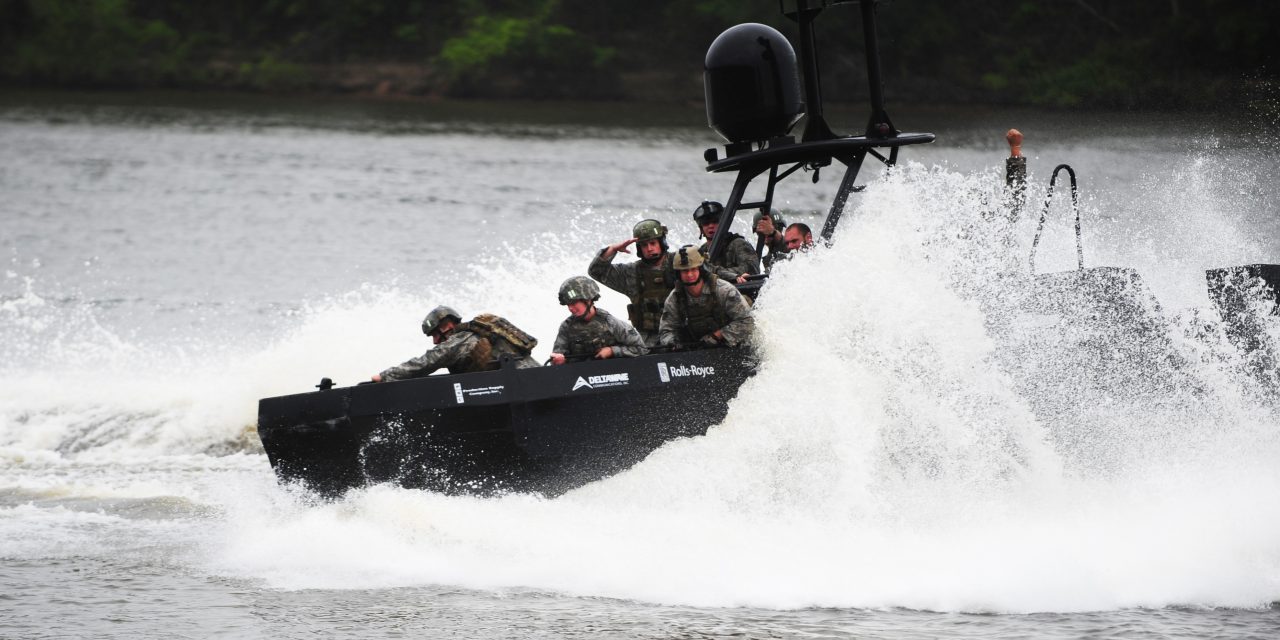
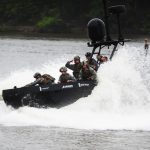
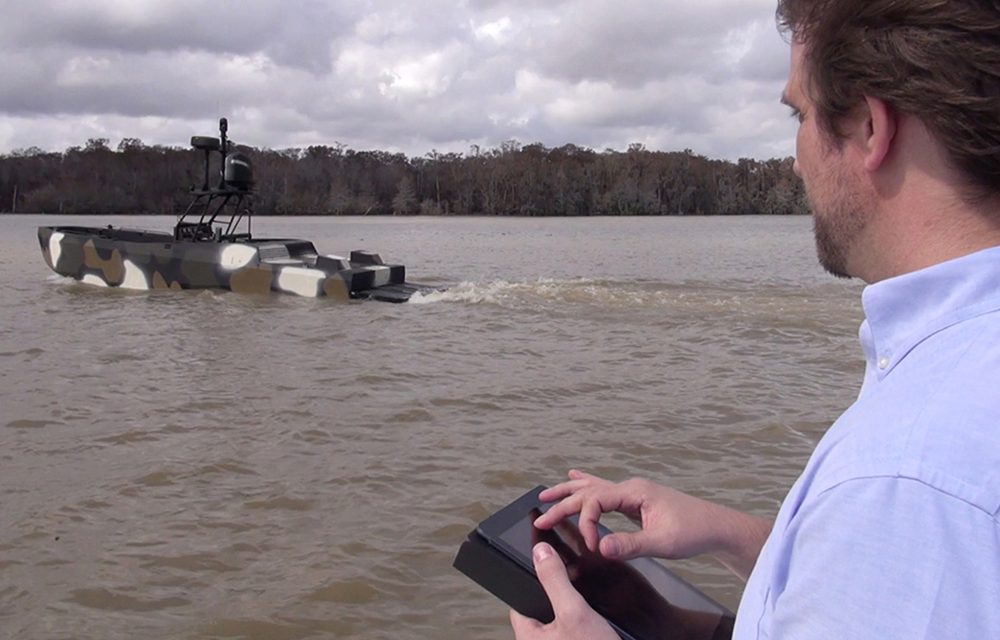
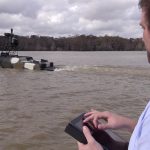
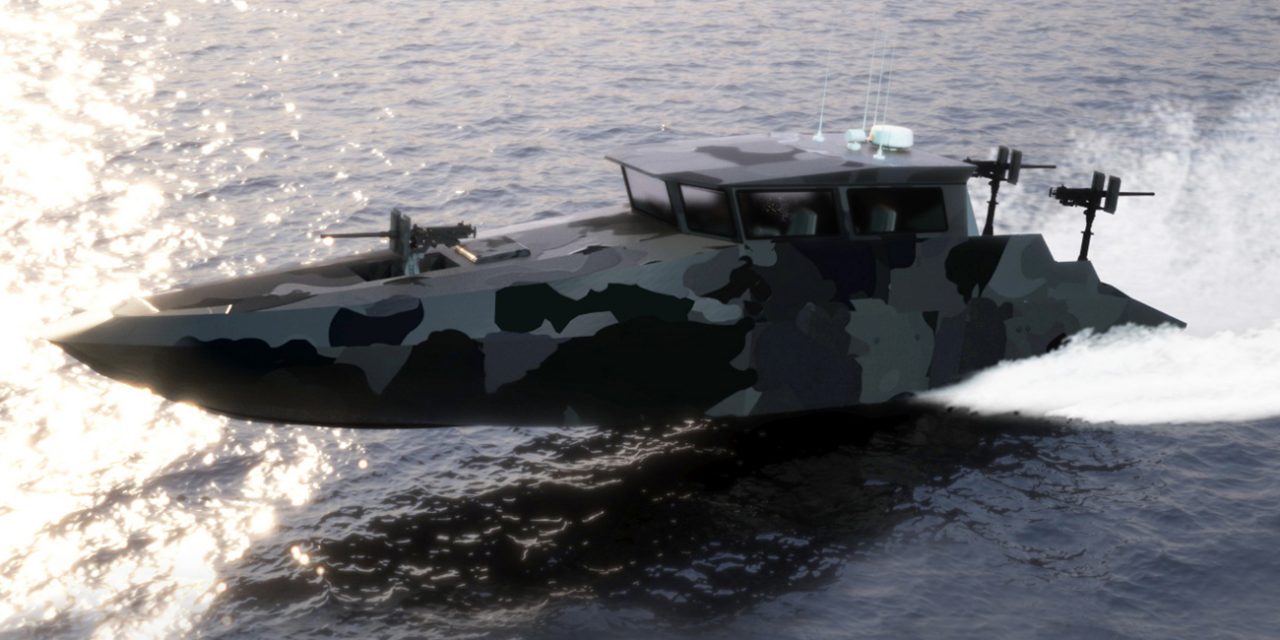
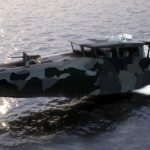
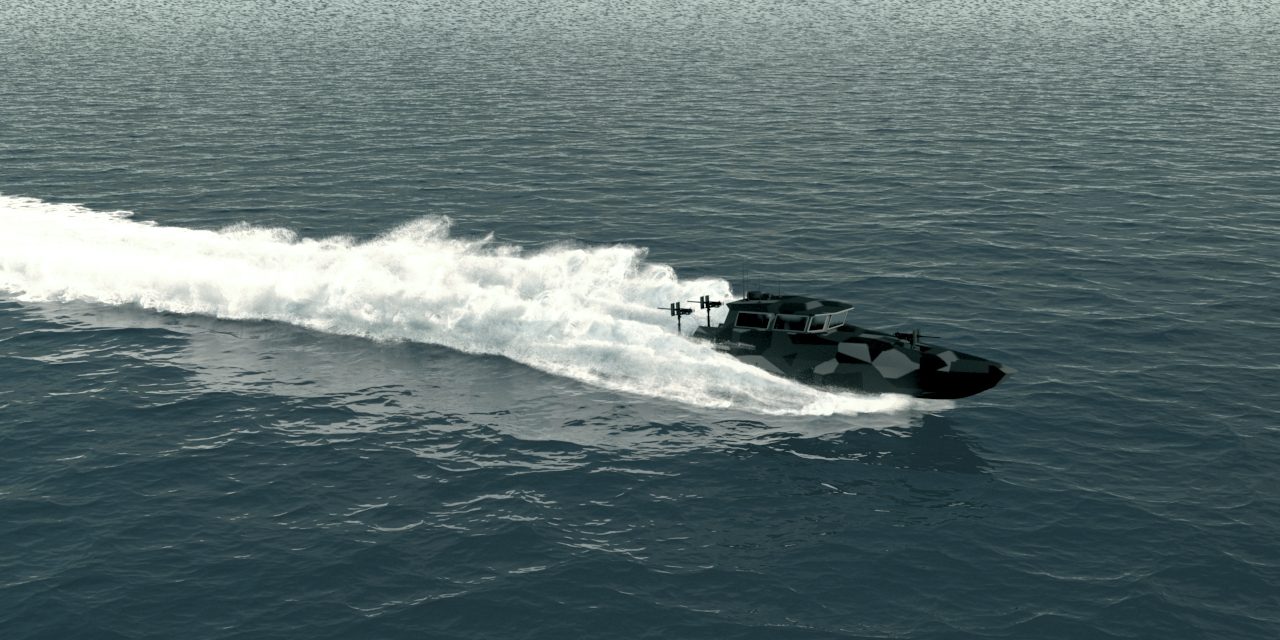
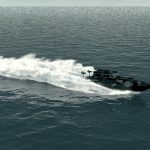
The Technology
Lasers, cameras, ultra-sound and other sensors that gauge currents, waves, depth, wind speed and direction to detect obstacles in the water such as logs, incoming boats or land contours. The information flows to an almost-sentient computer system that reacts quickly, steering, accelerating and maneuvering the boat like an experienced human pilot. Designed for brown water and near-coast missions to be implemented effectively without any crew endangerment.

